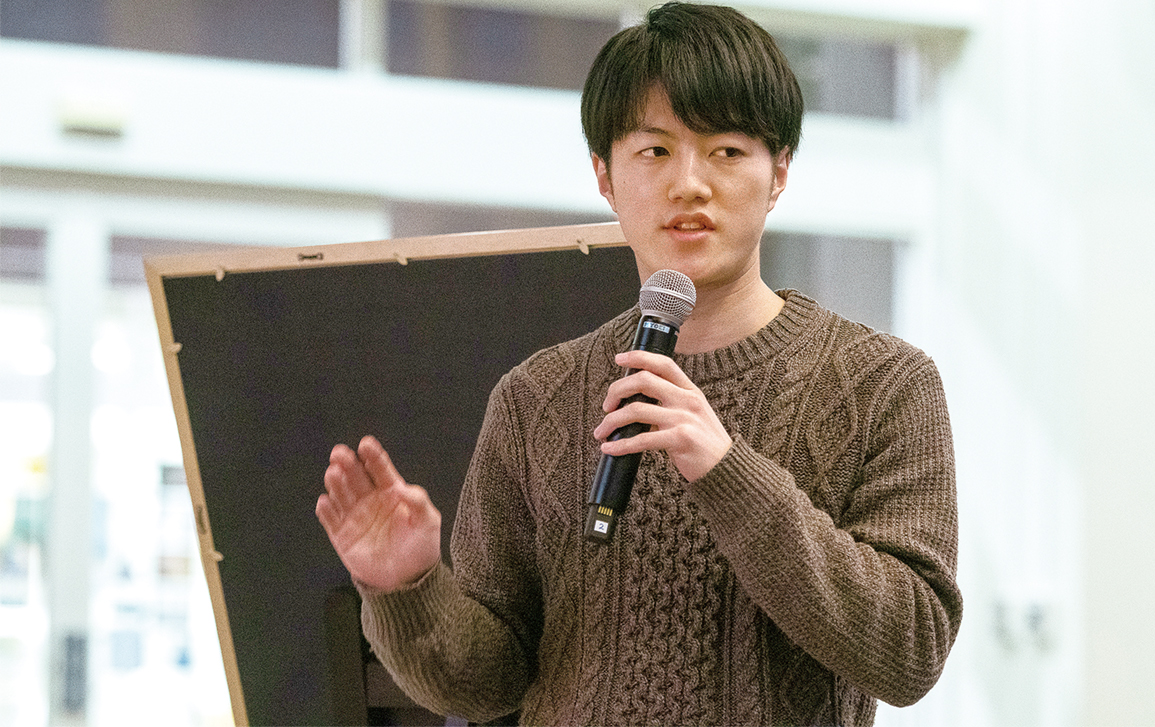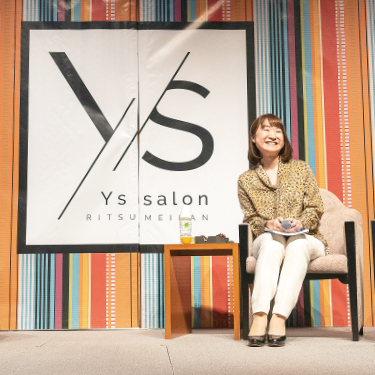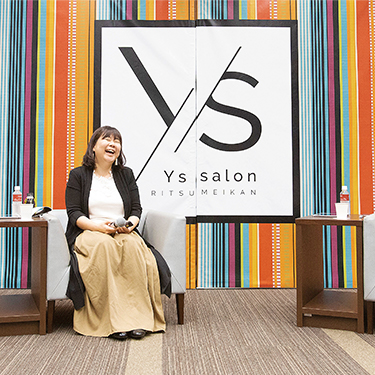‘Let’s try something bold!’ Combing Jelly Technology with in-pipe Robots
 Various generations of the in-pipe robots
Various generations of the in-pipe robots
Japanese sake in the Edo era evolved through the complex interplay of multiple factors, and exploring the potential use of jellied foods as disaster provisions led to an unexpected development: my involvement in the Pipeline for Lifeline joint research project with a team led by Lecturer Atsushi Kakogawa from the Department of Robotics in the College of Science and Engineering. Lecturer Kakogawa’s team studies robots that can move through pipes and inspect them. In a discussion I had with him, we struck upon the realization that, in the event of a disaster, in-pipe robots could transport jelly to people trapped in buildings and help save their lives.
I think you all remember the news about the Chilean miners who were trapped underground for about a month back in 2010. In fact, a pipe was used to send them food, including emergency-use jellies. Buildings are equipped with pipes to transport water and gas, and cities have large underground pipe networks.
Because of the low cost, if these pipes were properly installed in buildings and throughout cities, there is ample potential for disaster preparedness, and this is what we are focusing on. Now I would like to introduce Mr. Oka from the Kakogawa Research Lab to talk about these robots.
OkaTo move through pipes, with all their twists and bends, robots need to be able to do three things: 1) move through pipes, 2) gyrate and change direction, and 3) hold themselves firm against the sides of the pipe so they don’t fall. The robot we are developing uses a triple wheel called an omni-wheel to move forward, and it can change direction by rotating the hemispherical wheels attached to the front and rear of the main body. Furthermore, the force of the springs inside the joints keep the wheels in contact with the wall of the pipe at all times. This allows it to travel through pipes as I just described.
An LED camera is attached to the front of the robot, so we can drive the robot using a video feed when we cannot see the inside of the pipe. Lecturer Kakogawa is currently leading the development of this robot with an eye on commercialization.
NonakaThank you, Mr. Oka. We think we can use this robot to check on the health of survivors trapped inside buildings in the event of a disaster and to deliver our highly palatable, functional, and portable jelly to them. In this way, these robots will form the basis of a future food transportation system.
I think that we can design this robot to serve as part of a sustainable and resilient production and service system by looking at relationships from a systems engineering perspective – the relationship between piping infrastructure and the jelly, for example, as well as that of in- pipe inspection robots and the jelly. When I encountered this possibility in an area outside of own research, I decided to make it my own without hesitation, and this led me to the topic of system design, which relates directly to my own area of expertise. For a system design expert like myself, this experience allowed me to realize that the kind of approach we have taken toward this research is also an effective one.
 Yoshimichi Oka of Professor Atsushi Kakogawa’s research team
Yoshimichi Oka of Professor Atsushi Kakogawa’s research team
Pushing the Project forward with proactive Information Dissemination
For researchers, it is important to regularly present research output to academic circles, through meetings and conferences. On the other hand, as a researcher from Asia and Japan, I have also found that being able to present on the future of food at this point in time has propelled the project forward. This is why, even at the prototype phase, I have been actively giving presentations to other audiences too, not just purely academic conferences.
As for the South by Southwest event in 2019 that I touched on earlier, I participated together with Associate Professor Kamatani’s team and three first-year students from the College of Gastronomy Management. When we introduced a prototype jelly made from 100% Japanese sake, I was encouraged by how many of the audience members expressed an interest - not to mention it was also an invaluable experience for our students to give a presentation in English. I am very grateful to Ritsumeikan University for supporting our efforts and allowing young faculty members and students from a newly established college to present at a global forum.
At South by Southwest 2020, I will join the renowned molecular chef and edible insect researcher Roberto Flore, Soh Kim, a food innovation researcher at Stanford University, and Associate Professor Kamatani for a panel discussion entitled “Gastronomic Sciences Meet Edo Sustainability.” In cooperation with Lecturer Kakogawa’s team, we are also scheduled to hold a panel display on our research combining jelly technology with in-pipe robots, and I hope this opportunity will push our project on to new heights.
* Since the discussion South by Southwest 2020 has been cancelled due to the novel coronavirus (COVID-19)
Profile
Tomomi Nonaka
Associate Professor, College of Gastronomy Management, Ritsumeikan University (Areas of expertise: production systems engineering, service engineering) She earned a master’s Degree from Keio University Graduate School of System Design Management (SDM) in 2010. After conducting research abroad at the Delft University of Technology (Netherlands) and the Swiss Federal Institute of Technology, she participated in a short-term research internship at the Massachusetts Institute of Technology. She joined the College of Gastronomy Management in April 2018 after serving as a specially- appointed assistant Professor in the Graduate School of System Informatics at Kobe University and an assistant professor in the Department of Management Systems in the Graduate School of Science and Engineering at Aoyama Gakuin University.
Her major research projects currently include the design of sustainable foods and food systems, the design of service systems through laboratory experiments and optimization driven by biological information and ES assessments (2017-2020: Principle Investigator); and systems for the collection and analysis of data for food-centered regional value creation centered (2017-2020). Other research projects she was involved in previously include improving the productivity of and creating value from service systems using energy consumption models (2014-2016; Principal Investigator).




